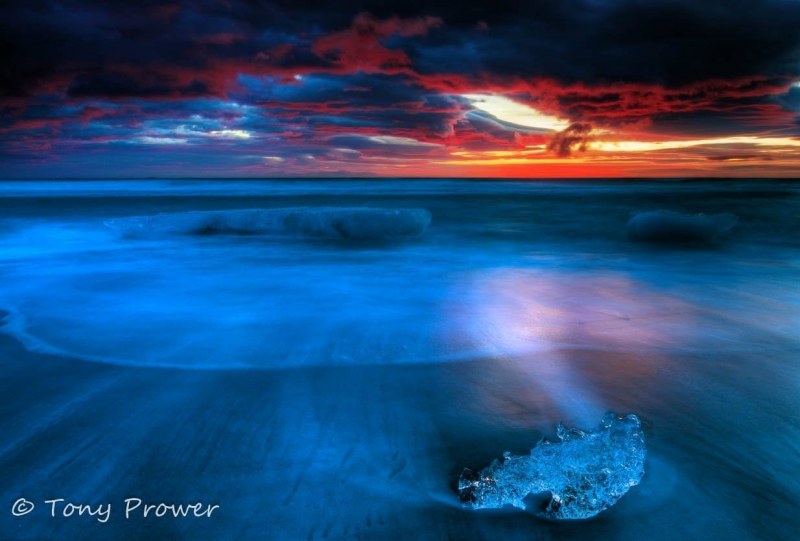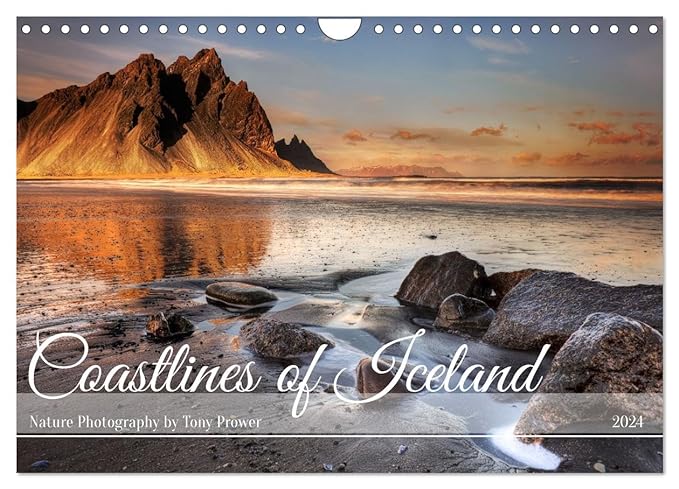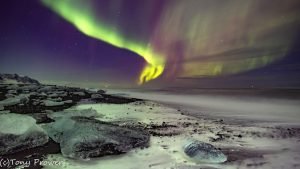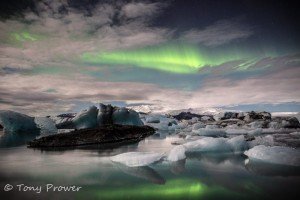Infinity Focus
When it comes to focal length and focus, is there really any distance to focus on?
Infinity focus in landscape photography is when a camera’s focus is set to infinity. It is usually used to create dramatic landscape shots with a large depth of field. Infinity focus can also be used to create a sense of scale and perspective in the image, as well as allowing for easier focusing when taking photos from a distance.
Firstly, let’s clear one thing up. “Infinity focus” doesn’t mean as far as the eye can see. Infinity in terms of focus is the point in the distance where everything beyond that point is equally in focus.
Imagine you are standing under a line of power lines that have 100 pylons stretching into the distance. You can adjust your focus nearby so the first, second, or third pylon is in focus. As you focus on further pylons, you will notice that more of the pylons that are even further away become sharp. There will be a pylon, maybe 10 or 20 ahead of you. If you focus on this pylon, all the pylons after it will be sharp. This point is infinity (as far as the lens is concerned). From behind the lens, infinity is the focal point where sharpness will extend right into the distance.
Focal Length
Focal length refers to the angle of view of a lens. For example, a “17 mm focal length” is a wide angle, and a “400 mm focal length” is a telephoto.
Is infinity the same for all lenses?
Focal length determines the distance to infinity.
Different focal lengths will have different infinity points. For example, a 24 mm lens will have infinity at around 20 metres, whereas a 200 mm lens will have infinity at 500 metres.
Shooting at 135 mm (telephoto lens), it is difficult to achieve a depth of field that covers everything. In this case, the problem is solved by having a distant subject (the ice), so the background is fairly sharp. If I had picked a piece of ice that was closer to me, I would have struggled to get the background as sharp.

.
Telephoto
This lens has a focal length of 135mm. It is super sharp. The Canon EF 135mm prime has one of the best auto-focus systems in its class.
Wide angle
This prime lens has a focal length of 24mm. Because the distance to infinity focus is only 20 metres in front of me, I can get reasonable sharpness all the way through a landscape photo at apertures of f/6.3. With careful focus, I only have to resort to the smaller apertures (f/14–16) if my foreground is intimate. A foreground is intimate if you can reach out and touch it while taking the shot.

Canon EF 24mm f/1.4L II USM
Aperture
This then relates to aperture. A photographer may use an aperture to get everything sharp, from the closest object to infinity.
Hyper-focal Distance
Depending on how close the closest object is, the photographer would choose a small aperture (big number) such as f/16 and focus on a point one third beyond the closest object and one third before infinity. This is known as hyper-focal distance. This becomes very challenging with a telephoto focal length such as 200 mm unless the objects are far away.
Bokeh
Bokeh is the blurred background effect. This effect is created with a large aperture (small number), such as f/2.8, with the focus on the subject. This is challenging with a wide-angle focal length such as 17 mm, unless the subject is very close. This is a shallow depth of field technique.
These 2 concepts are only applicable in the space leading up to the point of infinity focus.
Thanks for reading!!
Depth of Field (DOF)
Depth of Field refers to the range of sharpness in a photograph. There is only one point of focus (focal plane), but the range of sharpness is determined by the aperture, focal length, and distance to the first object.
This Icelandic horse was shot at 135 mm. Although the background is not far beyond the horse, the closeness of the subject created a blur in the background (Bokeh).

North Iceland
Dettifoss waterfall is a dramatic, northern Icelandic location. The west side of the waterfall allows you to get some intimate foreground. Getting good focus is important for capturing the foreground textures properly.
.



























